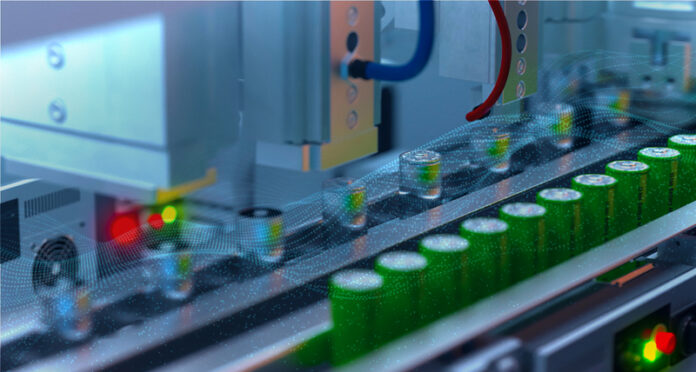Hexagon, in collaboration with Fraunhofer ITWM, has unveiled an advanced software solution designed to accelerate the research and development of new battery cell technologies. This innovative tool combines Fraunhofer ITWM’s electrochemical simulation capabilities with Hexagon’s material simulation and metrology software, forming an integrated platform for virtual design and performance analysis. The solution allows R&D teams to simulate the electrochemical behavior of cell components, facilitating faster exploration of new cell designs while minimizing the reliance on costly and time-consuming physical testing.
The new solution empowers manufacturers to optimize battery cell performance by simulating changes to internal cell morphology, such as particle size and distribution, and analyzing their effects on overall energy efficiency and lifespan. By employing a “virtual laboratory,” researchers can conduct comprehensive modeling from the microstructure level up to complete cell assemblies, assessing how different materials and manufacturing processes influence battery performance. Furthermore, Hexagon’s VGSTUDIOMax software offers the unique ability to reverse-engineer cells from CT scan data, allowing for detailed analysis of internal structures and aging mechanisms to inform better charging protocols and safety considerations. Hexagon’s integration of the BEST solver into its Digimat platform expands its application to various battery chemistries, including lithium-ion, zinc, and sodium. The software features an extensive library of material properties, supporting in-depth electrochemical and mechanical simulations. This capability allows R&D teams to create representative models that aid in the mechanical assessment of components, ensuring a safer and more reliable design. According to key industry figures from Hexagon and Fraunhofer ITWM, this partnership represents a significant stride in addressing complex trade-offs in battery cell design and facilitating faster, data-driven development cycles.







